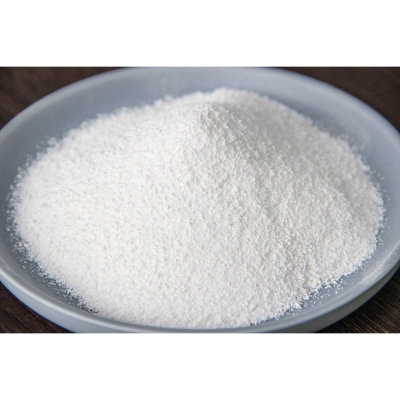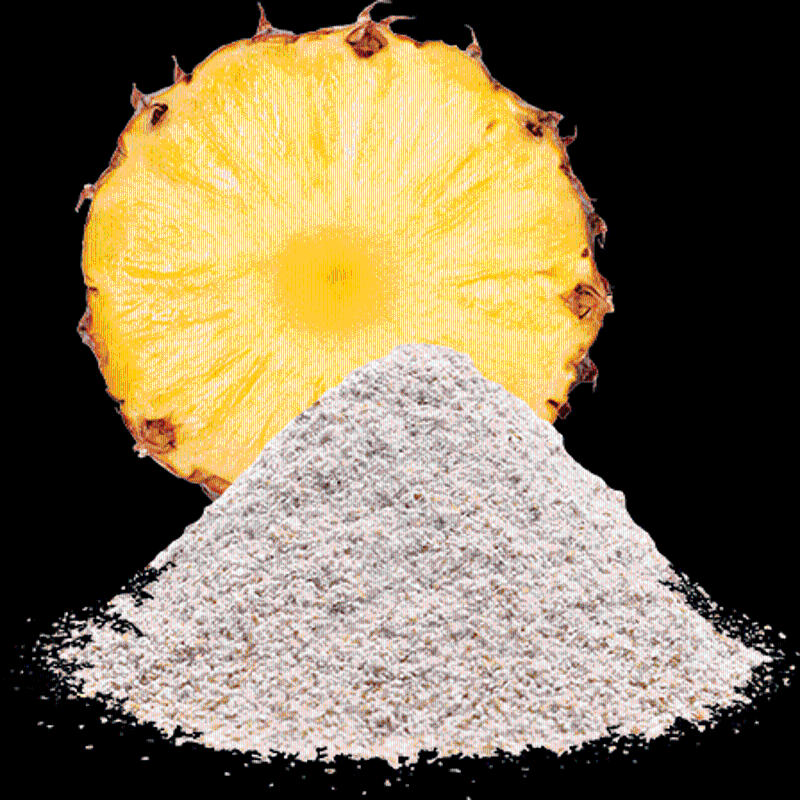-
Categories
-
Pharmaceutical Intermediates
-
Active Pharmaceutical Ingredients
-
Food Additives
- Industrial Coatings
- Agrochemicals
- Dyes and Pigments
- Surfactant
- Flavors and Fragrances
- Chemical Reagents
- Catalyst and Auxiliary
- Natural Products
- Inorganic Chemistry
-
Organic Chemistry
-
Biochemical Engineering
- Analytical Chemistry
-
Cosmetic Ingredient
- Water Treatment Chemical
-
Pharmaceutical Intermediates
Promotion
ECHEMI Mall
Wholesale
Weekly Price
Exhibition
News
-
Trade Service
After the epidemic, consumers' emphasis on autoimmunity and long-term concern for intestinal health have made β-glucan, a dietary fiber component with immunomodulatory effects, receiving unprecedented attention in the food and dietary supplement industry
Global market trends are optimistic
Beta-glucan is a natural dietary fiber found in a variety of substances including grains, fungi, yeast, bacteria and algae
Immunomodulation is the most important function of beta-glucan
In 2006, China approved the β-1,3-glucan as the main component of Kordran as a food additive.
With increasing health awareness and focus on functional ingredients, the demand for beta-glucans will continue to increase over the next few years
Wide range of sources and applications
Cereal-derived beta-glucan is mainly extracted from oats
Oat beta-glucan can also increase the number of lactobacilli in the intestine, regulate the intestinal flora, and can be used as a prebiotic.
Yeast and fungal-derived yeast glucan exists in the yeast cell wall and is insoluble in water
When yeast β-glucan enters the human body, its helical structure determines that it will not be hydrolyzed into monosaccharides such as glucose in the gastrointestinal tract, but will bind to specific receptors and enter the blood system from the lymphatic system to play a role
Algae-derived β-glucan from algae and yeast β-glucan have a common 1,3-linked structure and can also act as immunomodulators
Euglena beta-glucan has many unique advantages
β-1,3/α-1,3-glucan, which has recently become a new food raw material from biofermentation, is composed of 7 β-1,3-D-glucose and 2 α-1,3-glucose connected to each other.
β-1,3/α-1,3-glucan is made from sucrose as the main raw material, which is produced by fermentation, alcohol precipitation, filtration, separation, drying and pulverization
Market research found that many companies have launched new products using beta-glucan
(Kerry)
"China Food News" (May 24, 2021 06 edition)
(Editor-in-charge: Yang Xiaojing)







